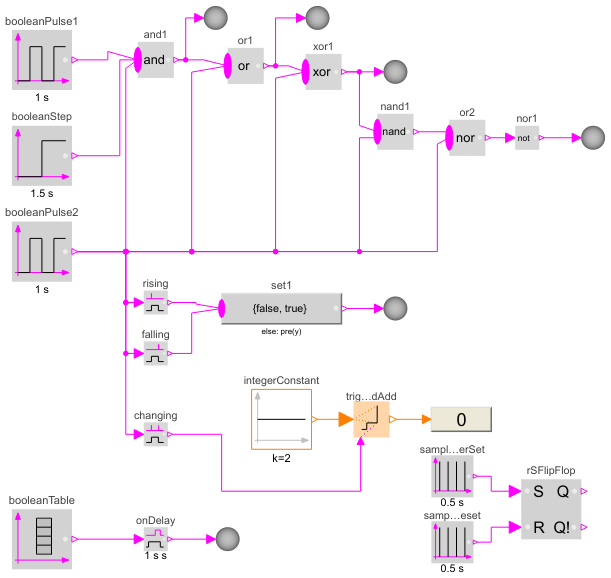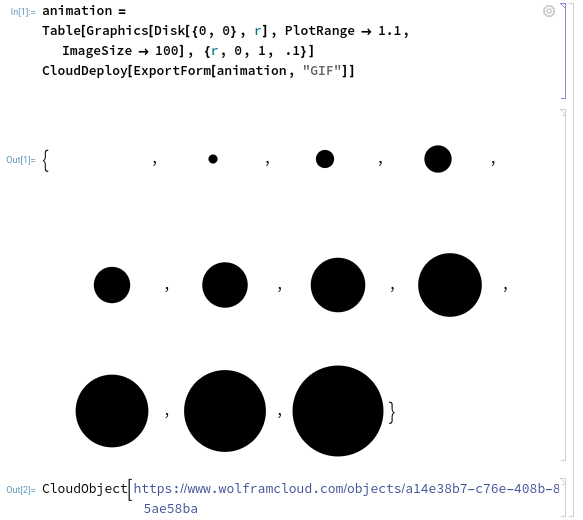

The SoC can vary between 1 (fully charged) and 0 (empty). The resistors and the capacitors in the sketch are variable and depend on the State of Charge (SoC), processed charge, and the temperature. The right part is the voltage response circuit, which will determine how the cell voltage responds to a given load current. The left part is the energy balance unit, which will determine the cell capacity and amount of energy left in the cell. Our model of choice is the electrical circuit model, which provides sufficient accuracy for top-level performance analysis and is easy to connect to other systems.Ī typical schematic for an electrical circuit model of a battery cell might look something like this:


The are many types of battery models: analytical, electrical circuits, electrochemical, and combinations of these types. In this blog post, we’ll look at Li-ion cells of the type LiFePO 4, where lithium ions move from the negative electrode to the positive electrode during discharge and the other way around when charging. The superior energy density, power density, low self-discharge, and long cycle life of the Li-ion batteries makes them interesting for cell phone applications. There are different kinds of battery types used in cell phones: nickel metal hydride, lithium-polymer, and Li-ion. How do different activities such as making phone calls, watching video, listening to music, or browsing the web affect cell phone battery life? What about the temperature-does it matter if the cell phone is in a warm pocket or out in the cold? In this blog post, we’ll investigate how a model constructed with Wolfram SystemModeler can help in finding answers to such questions.Īn area where battery usage is taking off right now is cell phones.
WOLFRAM SYSTEMMODELER FONT TOO SMALL FREE
Explore the contents of this article with a free Wolfram SystemModeler trial.


 0 kommentar(er)
0 kommentar(er)
